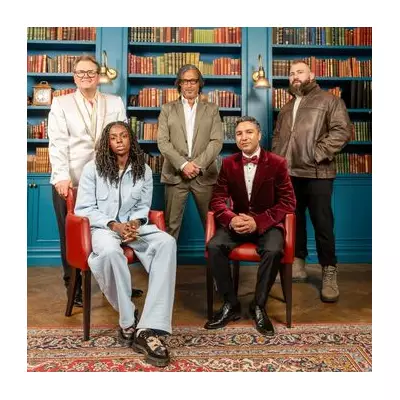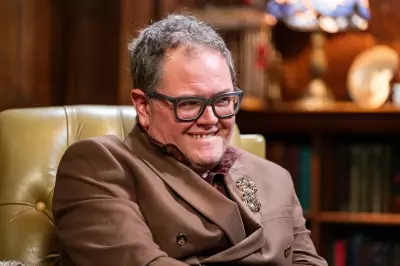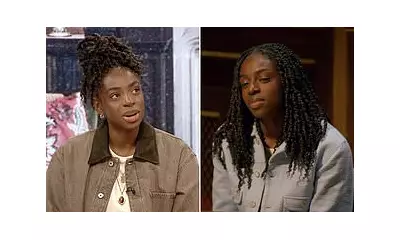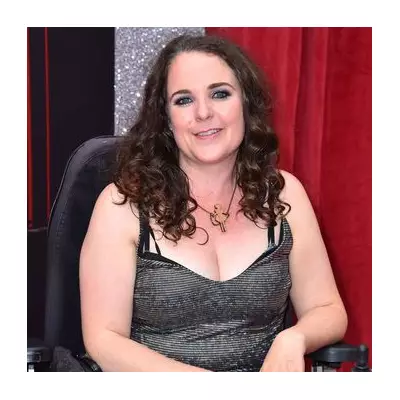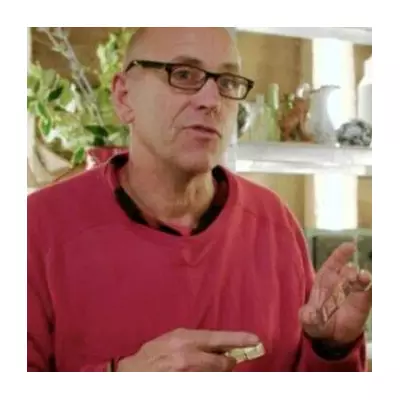
Through the Lens: Capturing Ireland's Literary Soul
British photographer Steve Pyke has devoted decades to creating an extraordinary visual record of Ireland's most celebrated literary figures. His project, spanning from the early 1980s to the present day, offers an intimate glimpse into the world of authors who have shaped modern Irish literature. The collection includes both legendary names and exciting contemporary voices, providing a comprehensive look at the country's rich literary landscape.
The Writers in Their Element
Pyke's approach to portraiture reveals his subjects in their personal spaces, creating images that feel both authentic and revealing. Edna O'Brien appears on her sofa in London from 1991, while Joseph O'Connor was photographed in his Dublin garden in 2024. The late Nobel laureate Seamus Heaney was captured surrounded by books in London back in 1995, creating a powerful connection between the poet and his primary tools of trade.
The photographer explains his deep connection to these subjects, stating: "I come from the English midlands, but I became a photographer in Ireland. I made my first portraits in Dublin in the early 1980s. It was immediately apparent to me then how important Irish writers are to their country." His appreciation for their work grew through reading their books during travels, particularly mentioning how his "feeling for these writers deepened as I read their work at home in New Orleans or on trains and planes and during long car journeys across Irish landscapes I'd long loved."
Contemporary Voices Share Their Beginnings
The collection prominently features today's influential Irish writers, each sharing unique insights into their creative journeys. Belfast writer Wendy Erskine, photographed in 2024, reveals a refreshingly modest approach to her craft: "I've envisaged no major trajectory for myself. If I enjoy producing it and people enjoy reading it, then that is more or less enough."
Gina Moxley recalled a pivotal early moment in Dublin: "When 40 Irish Countrywomen's Association women walked out of my first play in disgust, I thought, 'Excellent, I've got work to do.'" This determination seems characteristic of many writers featured, including Felicia Olusanya who stated powerfully: "Writing was how I learned to see myself. If I hadn't, I wouldn't be alive today. It has taught me how to live."
The creative spark often began early, as demonstrated by several authors. Joseph O'Connor noted: "Like most children, I liked writing stories. As a young teenager, I noticed everyone else had stopped." Meanwhile, Glenn Patterson traced his inspiration to childhood cinema experiences: "When I was six or seven, I saw Yankee Doodle Dandy, with James Cagney as vaudeville star, playwright and lyricist George M Cohan. I decided the next day I would be a songwriter. I was 55 before I wrote anything resembling a song: an aria for a Belfast opera."
The Driving Forces Behind the Words
What motivates these writers to continue their craft? Sinéad Gleeson identifies curiosity as a key driver: "Every writer has to believe in what they're writing. If they don't feel there's something propulsive and urgent they need to say, it's possible they're in the wrong profession. A lot of my work has come from wanting to know the answer to something. Curiosity is a great motivator."
For some, writing emerged from necessity. The late Iris Murdoch, photographed in Oxford in 1990, revealed: "I began to write when I was quite young. I began because I was unhappy, and I think many writers begin because they're unhappy. That's a very common reason for writing."
Lucy Caldwell described a transformative teenage experience with literature: "We read How Many Miles to Babylon? in our English class when I was 13. Our homework was to write an extra chapter – I decided on a new ending. Yeats is quoted in the novel, so I borrowed his Collected Poems from the library and fell in love upon reading them." She captures the magical feeling of writing as "not of creating, but of tuning in to another world, until that world becomes more real than your own."
The collection showcases writers at various stages of recognition. Colin Barrett discussed the breakthrough moment with his story The Clancy Kid: "I always had private belief, based on very little. But in terms of writing I could show the world, there's The Clancy Kid, a story from my first collection. Something changed in my writing with that. It no longer felt like merely an exercise, the rehearsal of techniques."
Legacy and Looking Forward
Pyke's own relationship with literature informs his photographic approach. He shares: "Books were a way out of the tedium of my teenage years and into a more interesting world where the people were wiser, funnier and more imaginative." This appreciation for the transformative power of writing resonates throughout the project.
The portraits collectively tell a story about Irish literary culture's enduring vitality. From established figures like Edna O'Brien, who believes "one is born a writer," to emerging voices like Jan Carson, who aims simply "to continue writing for the rest of my life, and to become curiouser and curiouser," the collection celebrates both tradition and innovation.
The exhibition 'Scribendi: Portraits of Irish Writers' is available for viewing, with Steve Pyke scheduled to appear in conversation on 3 December at the Irish Cultural Centre in London. This body of work stands as a significant cultural document, preserving the faces and stories behind some of Ireland's most important literary contributions.

